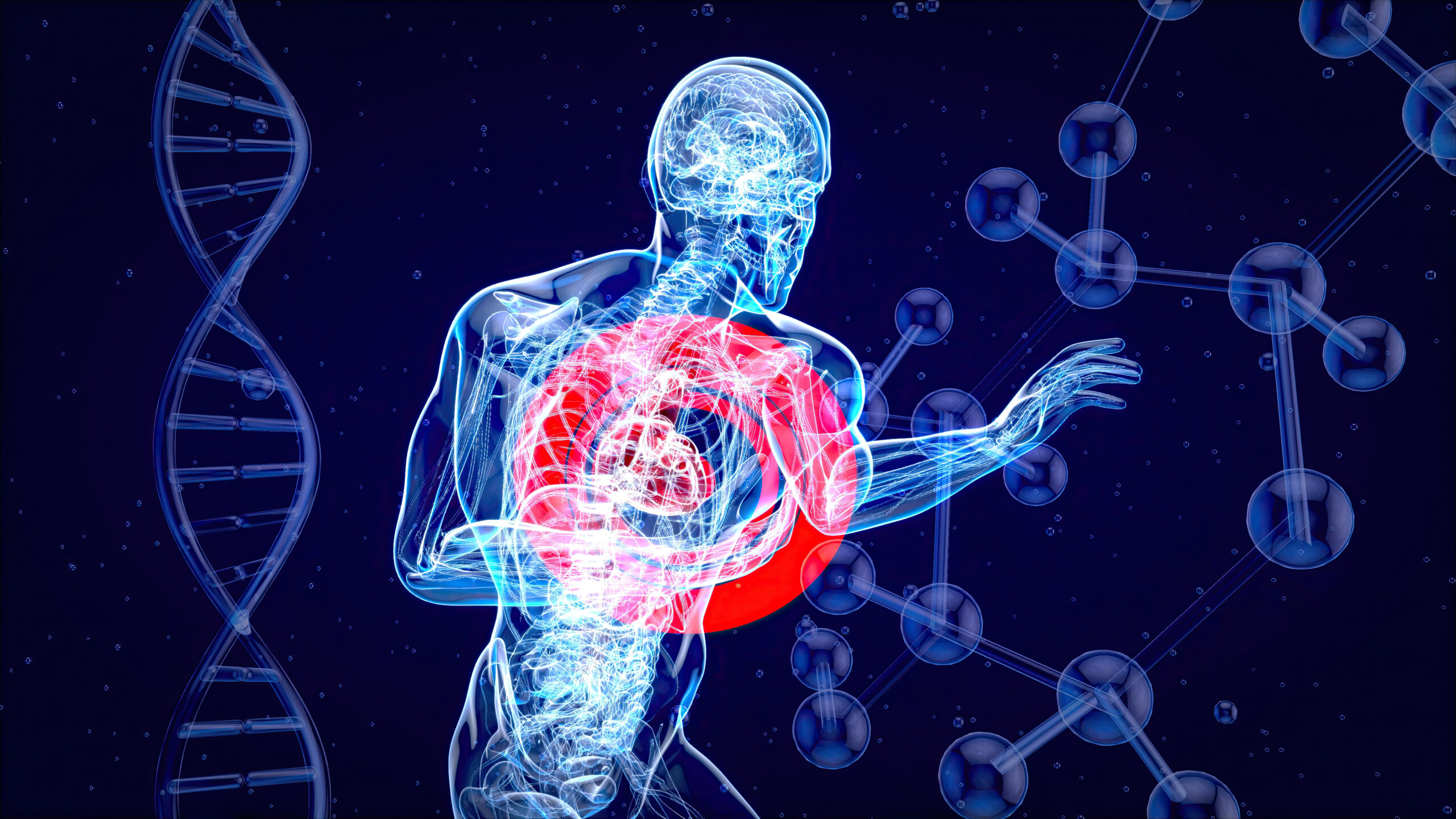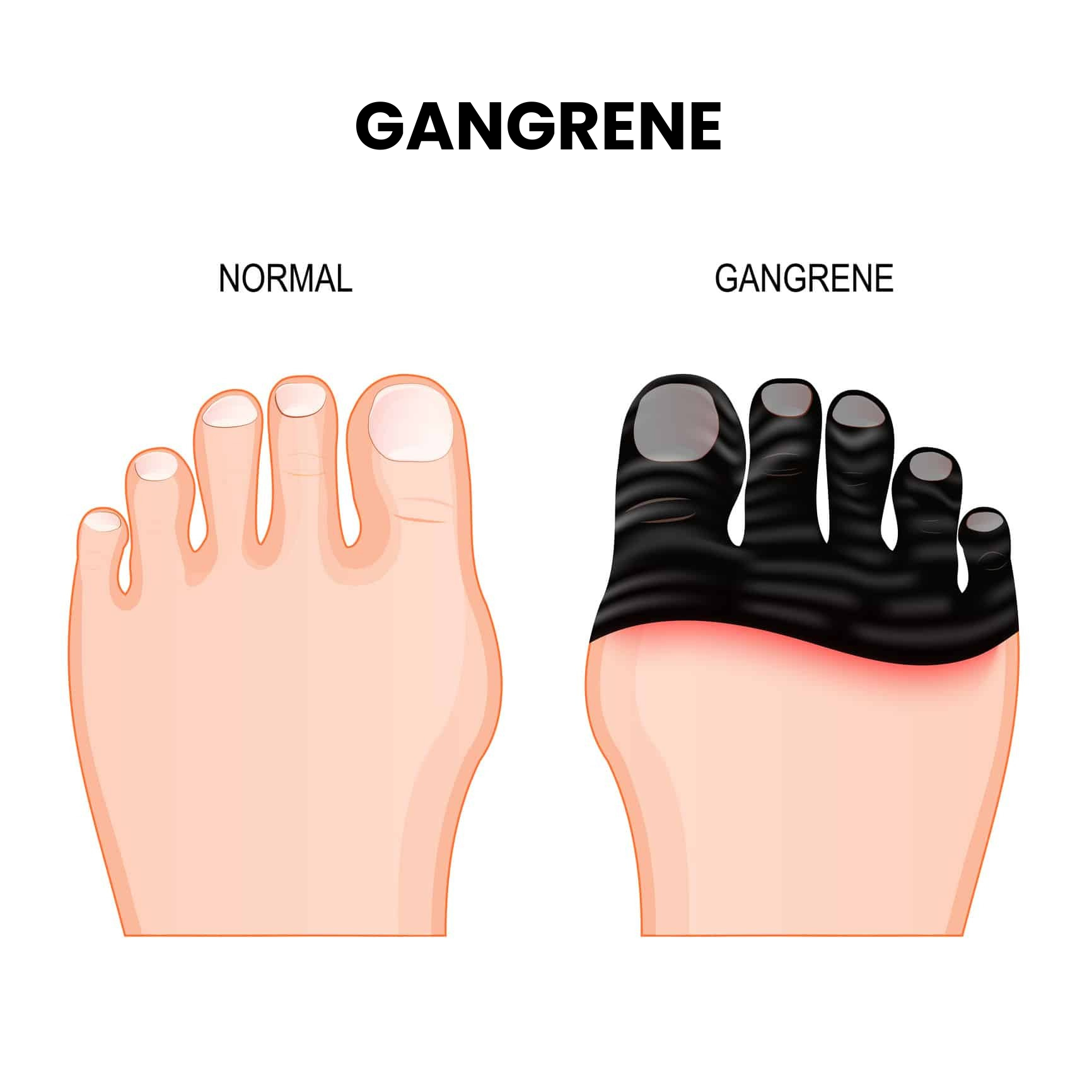Carotid Artery Disease: Symptoms, Diagnosis & Treatment

Carotid artery disease is a disease that does not feature frequently in headlines but this is one of the causes of stroke in the world. What is especially worrisome is that it tends to evolve over time and without notice. Numerous individuals are not aware that they possess it until they experience transient ischemic attack (TIA) or in the worst case, a stroke. When the disease is diagnosed its symptoms are already advanced. That is why it is so important to be aware and to manage in time.
In this article, you will be brought through the carotid artery disease definition, how it occurs, the symptoms to be aware of and the available treatment modalities. It also emphasizes the importance of lifestyle and their diets, and professional advice of one of the most prominent vascular surgeon in Punjab, Dr. Luv Luthra.
What is Carotid Artery Disease?
To explain this situation, imagine the carotid arteries to be highways that carry blood full of oxygen released by the heart to the brain directly. These arteries are two and they are located on both sides of the neck. In case of clear highways, the blood flows freely. However, as soon as the layer of cholesterol, fats, calcium and other dust begins to form on the walls of the arteries, the canal is reduced. This constriction is referred to as stenosis.
With time, the accumulation can also get hardened and limit the flow of blood, or fragments of plaque can be able to detach and move to smaller blood vessels of the brain leading to a blockage. Each of the two scenarios may cause a stroke. That is why physicians tend to explain that carotid artery disease is not only about the neck but it is about brain protection.
Why Does Carotid Artery Disease Develop?
The carotid artery disease causes is atherosclerosis—the same process that causes blockages in heart arteries. However, not everyone develops it at the same rate. Several factors accelerate this process:
- Ageing: As the body ages, blood vessels lose elasticity. After 60, the risk of carotid narrowing rises significantly.
- Smoking: Cigarette smoke directly injures the lining of arteries, making it easier for plaque to stick.
- Unhealthy diet: Diets high in saturated fats, processed foods, and refined sugars create fertile ground for plaque buildup.
- Medical conditions: High blood pressure, diabetes, and high cholesterol are major contributors.
- Genetics and family history: If parents or siblings have had early cardiovascular disease, the chances are higher.
Think of it as a combination of wear-and-tear from age, lifestyle habits, and inherited tendencies.
Risk Factors You Can and Cannot Control
Doctors divide carotid artery disease risk factors into two groups:
- Modifiable risk factors – things you can change:
- Smoking
- Poor diet
- Obesity
- High blood pressure
- Diabetes
- Lack of exercise
- Smoking
- Non-modifiable risk factors – things beyond your control:
- Age
- Male gender (men often develop the disease earlier)
- Family history
- Certain genetic predispositions
- Age
By tackling the first group—especially smoking, diet, and physical inactivity—you can lower your overall risk even if the second group applies to you.
Warning Signs and Symptoms
Carotid artery disease is one of the most dangerous things since most of the time it is silent. Most individuals are okay until they become victims of a TIA or stroke.
- Transient Ischemic Attack (TIA): This is a momentary blockage of blood to the brain otherwise known as a mini-stroke. The carotid artery disease symptoms are abrupt and they might encompass impaired speech, fatigue or numbness on either side of the body, temporary vertigo or transient sight impairment. TIAs may also be short-lived; nevertheless, they are the warning sign that a serious stroke might be imminent.
- Stroke: it has similar symptoms as TIAs but may be permanent and more lasting. Sharp headache, speech or comprehension problems, walking or vision loss are emergency cases to be treated urgently.
Screening is essential due to the possibility of no symptoms until it is too late, and it is important to screen the high-risk group.
How is Carotid Artery Disease Diagnosed?
Doctors assume that there is narrowing of the carotid artery when they make the following steps for carotid artery disease diagnosis:
- Physical exam: The physician hears a sound called a bruit using a stethoscope and this sound is associated with turbulent blood flow.
- Carotid duplex ultrasound: It is a painless test that utilizes sound waves to indicate blood flow and clogging. It is the initial test, which is normally ordered.
- CT angiography (CTA) or MR angiography (MRA): these are the more advanced scans that can be used to get a closer look at the arteries in 3D.
- Conventional angiography: Not as widely used nowadays, but remains regarded as the gold standard when it comes to surgical intervention planning.
Carotid Artery Disease Screening Recommendations
Medical organizations like the American Heart Association (AHA) recommend specific screening and not the test of all. The most benefiting people are:
- Risk factors such as high blood pressure, diabetes, and those who have previously encountered heart disease in people above 65.
- Patients with TIA or mild strokes.
- Patients who have reported atherosclerosis in other vessels.
The number of follow-ups varies according to the diameter of the arteries. Mild diseases can be scanned once a year but moderate disease can be scanned more often.
Carotid Artery Disease Treatment Approaches
There are no standard carotid artery disease treatment options. It is based on the extent of obstruction, symptomatic occurrence, and health condition of the patient.
1. Medical therapy
- Medicine is useful to regulate the risk factors with which doctors may begin:
- Clot formation is blocked by the use of antiplatelets (aspirin or clopidogrel).
- Statins reduce cholesterol and stabilize the present plaques.
- The control of blood pressure minimizes additional damage of the vessels.
- Management of diabetes defends the walls of the blood vessels.
2. Surgery or least invasive surgery.
- Carotid endarterectomy (CEA): Surgical removal of the plaque. It is thought to be the gold standard of most patients who have severe narrowing.
- Carotid artery stenting (CAS): This is a less invasive approach that involves insertion of a mesh stent in an attempt to hold the artery open. It is especially helpful with patients who do not always tolerate surgery well.
3. Lifestyle modifications
The best medicines or surgeries will not work in case they do not change the habits. It is important to quit smoking, eat a healthy diet, exercise and control stress.

Foods to Avoid with Carotid Artery Disease
A heart-healthy diet is central to controlling this disease.
Avoid:
- Fatty red meats
- Full-fat dairy products
- Deep-fried snacks and processed foods
- Refined sugars and white bread
- High-salt packaged foods
Choose instead:
- Fresh fruits and vegetables
- Whole grains
- Lean proteins like fish and skinless chicken
- Healthy fats such as olive oil, flaxseed, and nuts
- Ample hydration
This shift not only protects the carotid arteries but also improves overall cardiovascular health.
Expert Care in Punjab – Dr. Luv Luthra
In the case of patients who want to get a quality and modern treatment in Punjab, Dr. Luv Luthra is one of the most experienced vascular and endovascular surgeon. Having twenty years of experience as a surgeon, he is renowned in the way he handles tricky cases of carotid artery disease with accuracy.
Dr. Luthra possesses an amazing array of qualification, which include MBBS, MS in General Surgery, MCh in Vascular and Endovascular Surgery and DNB in Peripheral Vascular Surgery.
His practice is as wide ranging as possible, both on medical management and lifestyle counselling, as on advanced surgical procedures, such as carotid endarterectomy and stenting. His performing skill in surgery also enables patients to get a personalized care and follow-up services in the long term.
Conclusion
Carotid artery disease can be referred to as a silent killer yet it does not necessarily result in a stroke. This can only be achieved by early identification, effective management and long term devotion to a healthier living. Frequent check-ups, following the medical prescriptions, and interventions in time can reduce the risks significantly.
To those living in Punjab, it is assuring to have an expert like Dr. Luv Luthra to provide them with access to a world-class care environment and the newest treatment practices. Through the right steps, patients can ensure the health of their brain and proceed to live full and healthy lives.



